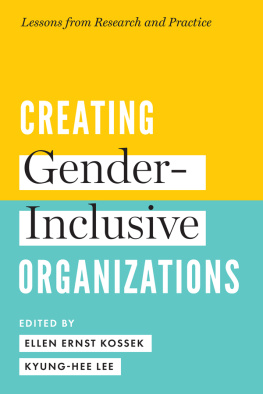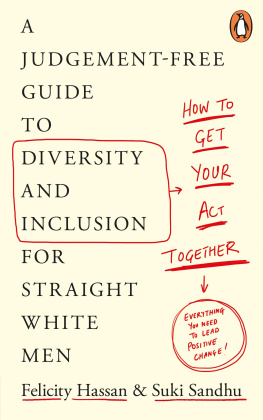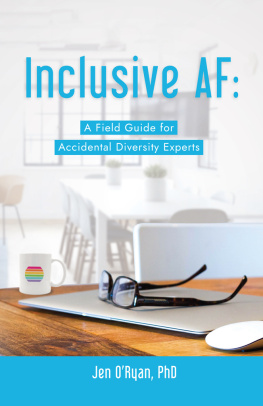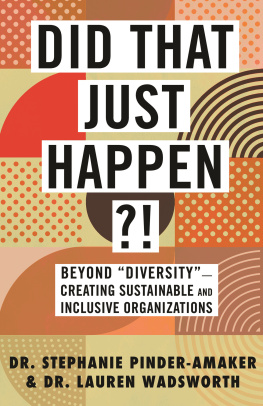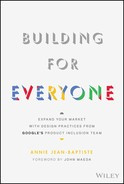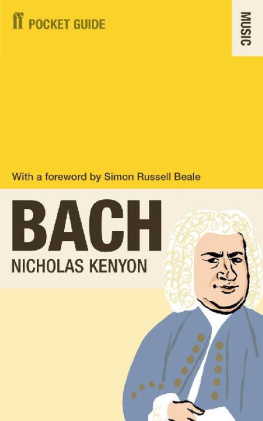Copyright 2022 by Michael Bach
All rights reserved. No part of this book may be reproduced, stored in a retrieval system, or transmitted, in any form or by any means, without the prior written consent of the publisher or a licence from The Canadian Copyright Licensing Agency (Access Copyright). For a copyright licence, visit accesscopyright.ca or call toll free to 1-800-893-5777.
Some names and identifying details have been changed to protect the privacy of individuals.
Cataloguing in publication information is available from Library and Archives Canada.
ISBN 978-1-77458-085-1 (print)
ISBN 978-1-77458-086-8 (ebook)
Page Two
pagetwo.com
Edited by Kendra Ward
Copyedited by Christine Lyseng Savage
Interior design by Jennifer Lum
Interior illustrations by Setareh Ashrafologhalai
Ebook by Bright Wing Media
Printed and bound in Canada by Friesens
Distributed in Canada by Raincoast Books
Distributed in the US and internationally by Macmillan
22 23 24 25 26 5 4 3 2 1
michaelbach.com
Opening Thoughts
N o one told me when I wrote my first book, Birds of All Feathers: Doing Diversity and Inclusion Right, that I was going to have to write a second book. Cant I just be Internet famous now? I wrote a whole book by myself, and it even became a bestseller and won an award. Isnt that enough? Sheesh.
In writing Birds, I wanted to establish a level set of information for people on the topic of diversity and inclusion ( D&I ) broadly. Lets face itits a capital-B Big topic with a lot of intricacies. In this book, Im digging deeper into the specifics of one particular demographic group under the pan-diversity umbrella to provide more detailed knowledge. So, if you havent read Birds yet, youre probably going to want to read that book too.
Alphabet Soup is all about sexual orientation and gender identity and expression; the magical, mysterious world of the LGBTQ + communities; and how people can do a better job of creating inclusive spaces for those of us who dont fit into the box of straight and cis. And dont worry if Ive lost you already; I promise that by the time youve finished this book, you will understand those words and what LGBTQ + means, if nothing else.
The first thing I need to explain is that the initialism LGBTQ + (or another set of similar lettersbut more on that later) represents two different things: (1) sexual orientation and (2) gender identity and gender expression. Thats right. The letters in the initialism may represent either sexuality or genderor both! I always feel like I should apologize for this because I think its probably quite confusing for people who arent members of the LGBTQ + communities. So, allow me to present you with an example to explain.
Meet my friend Jenn. Jenn was born Michael (and Im not talking about myself; there is more than one Michael in the LGBTQ + communities). More specifically, at birth, the doctor assigned the sex male to Michael. (Doctor looked down, saw penis, exclaimed, BOY !) In the 1980s, Michael realized he wasnt like the other boys, and for him, at that moment, that meant he was gay (this was his sexual orientation). Then, in the 1990s, Michael realized that he was not gay, he was... a she. So, Michael transitioned to her true self, as Jenn (this is her gender identity and her gender expression). She also realized that she liked girls, so she came out as a lesbian (back to her sexual orientation). Further along Jenns journey, she realized that her sexuality was fluid, and she now identifies as queer (or, as she likes to joke, shes too old to get picky). j
Sorry for blowing your mind so early in the book, but thank goodness there are emojis to explain your feelings. Remember when we just had to use words? #progress
Sexuality and gender are not the same thing, but they are interrelated... sometimes. Youll find a lot of myth-busting throughout this book. Thats one of the main purposes of the book: to educate. A big barrier to creating fully inclusive spaces is plain old ignorance. There are a lot of straight, cisgender people who have the best of intentions, but we all know what the road to hell was paved with. You dont know what you dont know, and the only way you can learn is by reading my books. And only my books! (Okay, maybe some other books, but mine first.)
Wait... why do I keep saying communities, instead of LGBTQ + community? Oh, sweetie. #adorable. Simply put, there isnt just one LGBTQ + community. There are many LGBTQ + communities. If we consider only the community of sexual diversity and the community of gender diversity, we have two communities. Digging deeper and applying an intersectional lens (where we look at how individual characteristics overlap and influence identity as well as discrimination and privilegewhich I talked about in Birds of All Featherswhich youve read, right?), we end up with communities within communities. Were like those adorable matryoshka dolls (aka Russian nesting dolls, for those that dont be Russianwhich I just said in a cheesy Boris and Natasha accent). The LGBTQ + community is made up of many communities that come together under one umbrella. Sadly, its not all lollipops and unicorns, and there are some significant tensions and conflicts within the big rainbow world. Although Im a gay man, Im white and cisgender too. My life is very different from that of a Trans* person, or a person of color. And a Trans* person of color... well, lets just say that life is not always a picnic. Im not saying theres some weird war going on, like with the Jets and the Sharks, but its also not perfect. Like my first marriage, its complicated.
This book is about LGBTQ + inclusion in the workplace, first and foremost. Thats my area of expertise, after all. But LGBTQ + inclusion goes well beyond workplaces, to include schools, religious and faith groups, and other community settings. If youre inclusive of LGBTQ + people at work, theres a pretty good chance that youll be inclusive of your niece when they identify as gender non-binary and introduce you to their Trans* genderqueer aromantic partner. And were back to that head-explosion emoji.
Alphabet Soup is a guide that will take you, my faithful reader, on a journey of discovery with the objective of turning you and your organization into active alliesa term I will explain later. Like it or not, LGBTQ + people need allies to help us achieve that elusive goal of true inclusion. Everything in this book can be applied to a workplace and engaging with employees, as well as interactions with volunteers, customers, students, parishioners, or just everyday people on the street.
When it comes to LGBTQ + inclusion at work and in communities, Im always reminded of one of my favorite conversations. Many years ago, I was speaking with the head of HR for an organization located in a western European country that shall remain nameless to protect the guilty. She was telling me about the companys work in diversity and inclusion, with no mention of work in the LGBTQ + communities. When I probed, she defensively explained that they dont discuss these things at work. I looked over at a photo on her desk and asked if the man in it with her was her husband, to which she responded in the affirmative (it was a wedding photo, and she was wearing a white wedding dress, so chances were good). I pointed out that the photo was a statement of her sexual orientation. I likely didnt need to ask her what sexual orientation she identified with, because she had it on display. (I probably should have asked... but lets focus on the point.) That was an eye-opening moment for her.
She looked at me, puzzled, and said, So what youre saying is we should be creating a place where David can put a picture of his partner on his desk just like I can? (David was one of her colleagues who is gay.) She realized that I wasnt asking about sex; I was asking about sexual orientation (never mind discussing gender beyond the binary, because that was way more than she couldve handled at that time, but I was taking my win). Light bulb on!
Next page


